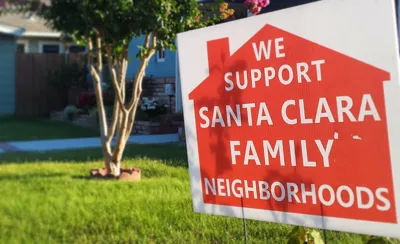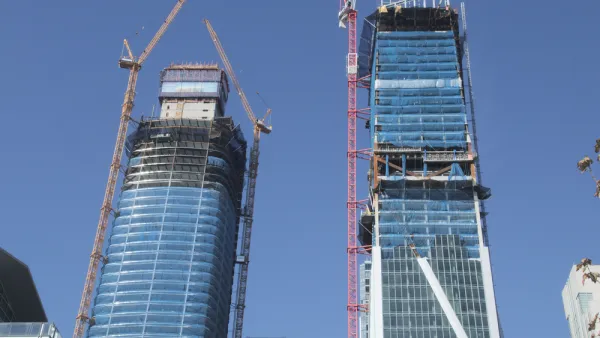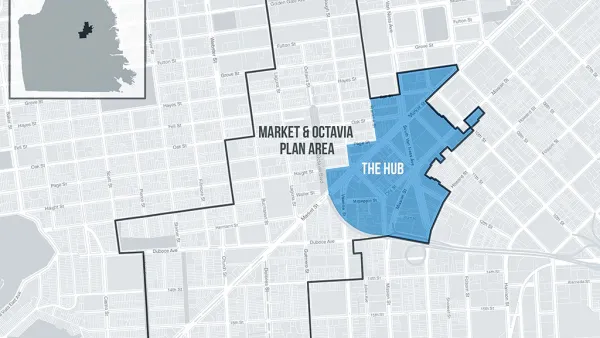Historically liberal cities belie their supposed concern for human welfare by rejecting new development. Meanwhile, more conservative cities have seized the moment to become more progressive, innovative, and inclusive.

"The "radical left" has been protesting capitalist developers for years. In part because of the influence of self-described Democratic Socialist Dean Preston, the current Board of Supervisors has waded deeply into radical territory and into anti-developer activism. Of course, by many accounts, the provision of housing aligns squarely with progressive values: housing is a human right, and governments ought to protect, and even further, that right. A diversity housing typologies and price points, especially in dense, diverse cities, is the epitome of inclusiveness."
"San Francisco doesn't seem to get this. But some other cities do -- and not necessarily the ones you'd expect."
"I can't help thinking that the San Joses and San Diegos of the world want to get in on the fun. For pretty much as long as California has existed, they have been considered less urbane, less fun, and less attractive than rivals like San Francisco and Los Angeles. They missed out on the dense urbanism that developed before World War II and then contentedly took advantage of suburbanization in the latter half of the 20th century. Now that urbanism is back -- because of the creative class, antipathy towards long commutes, revolts against suburban living, or what-have-you -- they're grown tired of their own dullness (one of the more outlandish examples: San Jose's proposal for a weird monumental tower). And, importantly, they have relatively more land with which to try new things and seem unafraid of welcoming new residents."
FULL STORY: Let's Retire Our Ideological Labels For Cities

National Parks Layoffs Will Cause Communities to Lose Billions
Thousands of essential park workers were laid off this week, just before the busy spring break season.

Retro-silient?: America’s First “Eco-burb,” The Woodlands Turns 50
A master-planned community north of Houston offers lessons on green infrastructure and resilient design, but falls short of its founder’s lofty affordability and walkability goals.

Delivering for America Plan Will Downgrade Mail Service in at Least 49.5 Percent of Zip Codes
Republican and Democrat lawmakers criticize the plan for its disproportionate negative impact on rural communities.

Test News Post 1
This is a summary

Test News Headline 46
Test for the image on the front page.

Balancing Bombs and Butterflies: How the National Guard Protects a Rare Species
The National Guard at Fort Indiantown Gap uses GIS technology and land management strategies to balance military training with conservation efforts, ensuring the survival of the rare eastern regal fritillary butterfly.
Urban Design for Planners 1: Software Tools
This six-course series explores essential urban design concepts using open source software and equips planners with the tools they need to participate fully in the urban design process.
Planning for Universal Design
Learn the tools for implementing Universal Design in planning regulations.
EMC Planning Group, Inc.
Planetizen
Planetizen
Mpact (formerly Rail~Volution)
Great Falls Development Authority, Inc.
HUDs Office of Policy Development and Research
NYU Wagner Graduate School of Public Service





























